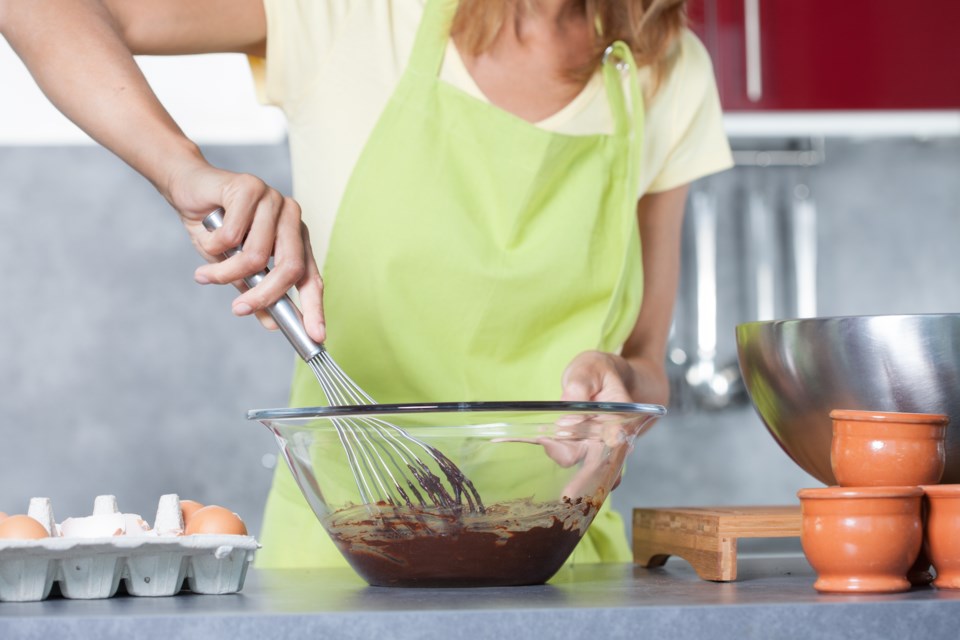In some circles, the growth of the local food movement brought with it fears about food safety.
Concerns arose that measures related to matters such as proper sanitation and preparation might be sacrificed — even innocently — by those trying to capitalize on the movement. Stove top cooking, preservation and farm-to-fork eating can and will be fraught with health issues if procedures such as washing and storage are inadequate or improper.
Traditionally, you wouldn’t consider this a problem for marijuana, local or otherwise.
But that’s changing. Society is becoming increasingly marijuana friendly.
For example, in North America, Colorado and Washington led the way back in 2012 with legislation permitting the non-medical use of marijuana. Now, it’s predicted as many as 18 states could have legalized pot by 2020.
And Canada could be poised to catch up. In another 15 days, a federal task force that’s been hearing public views on the Liberals’ intent to legalize, regulate and restrict marijuana use, will complete its efforts to garner public input.
Quite likely, the task force’s recommendations will call for changes that the public will want to see instituted sooner than later. And if those changes include easier (and legal) access to marijuana for recreational use, it’s expected edible marijuana products will quickly proliferate.
Here’s why. Smoking anything, marijuana included, has become socially unacceptable and highly restricted, almost everywhere. So instead, eating marijuana in the likes of salads, granola, candy and baked goods, or drinking it as an additive to coffee or beer, is seen by some as a desirable alternative to smoking.
In fact, it’s estimated nearly half of all the opportunities that could exist with legalized marijuana will be in the form of edibles.
Some people find all this exciting. But to food safety experts such as Prof. Keith Warriner at the University of Guelph, it’s also concerning. At the International Association for Food Protection conference in St. Louis last month, a conference that drew 3,000 participants, Warriner warned attendees about the knowledge gap in edible marijuana with regards to food safety. It’s been an underground commodity since the 1930s, but with legalization knocking on the door, there’s a lot of catching up to do.
“We need some standards,” says Warriner, “and right now we don’t have them.”
Among his biggest concerns are bacterial pathogens, yeasts and moulds. They can result if the marijuana buds and leaves aren’t dried properly. Besides spoilage, this can lead to off flavours. And who wants that?
In other cases, opportunistic pathogens can take hold and then spread further with marijuana-infused products, such as butter, chocolate or mayonnaise, products with low acidity and high water content.
Another potential food safety problem is the limited treatment options available to control plant diseases that affect marijuana (and others), such as mildew and powdery mildew.
Typically, marijuana is grown in confinement, where diseases can spread quickly. In Canada, only four pesticides are registered for use with marijuana. So, when growers run up against a disease, they may over compensate with treatments to try to save their crops. Warriner notes that last year, there were two dozen recalls of medicinal marijuana for unacceptable levels of pesticide residue.
When it comes to marijuana as an edible, it makes sense that the University of Guelph, Canada’s Food University, would enter the picture with a precision agriculture approach – integrated pest management and hazard analysis and risk preventive controls, among them. “We could apply the same food safety measures for fresh produce from the original planting through to the preparation of edibles within facilities,” says Warriner.
He ought to know. Warriner leads one of the country’s most respected food safety labs, having dealt with everything from the microbiological quality of sand in dairy barns to decontaminating seeds in sprout production.
And while marijuana seems like a very different and exotic plant, the same principles apply when approaching it as a food – namely, keep it safe.
But right now, with legalization perhaps on the horizon, the gap between what’s known, and what isn’t, about marijuana as food is huge.
